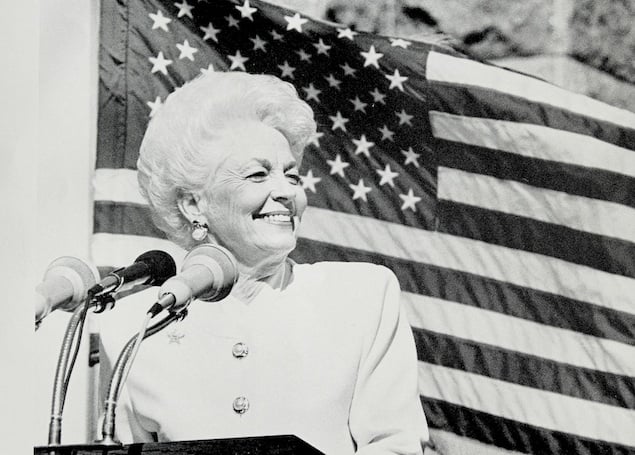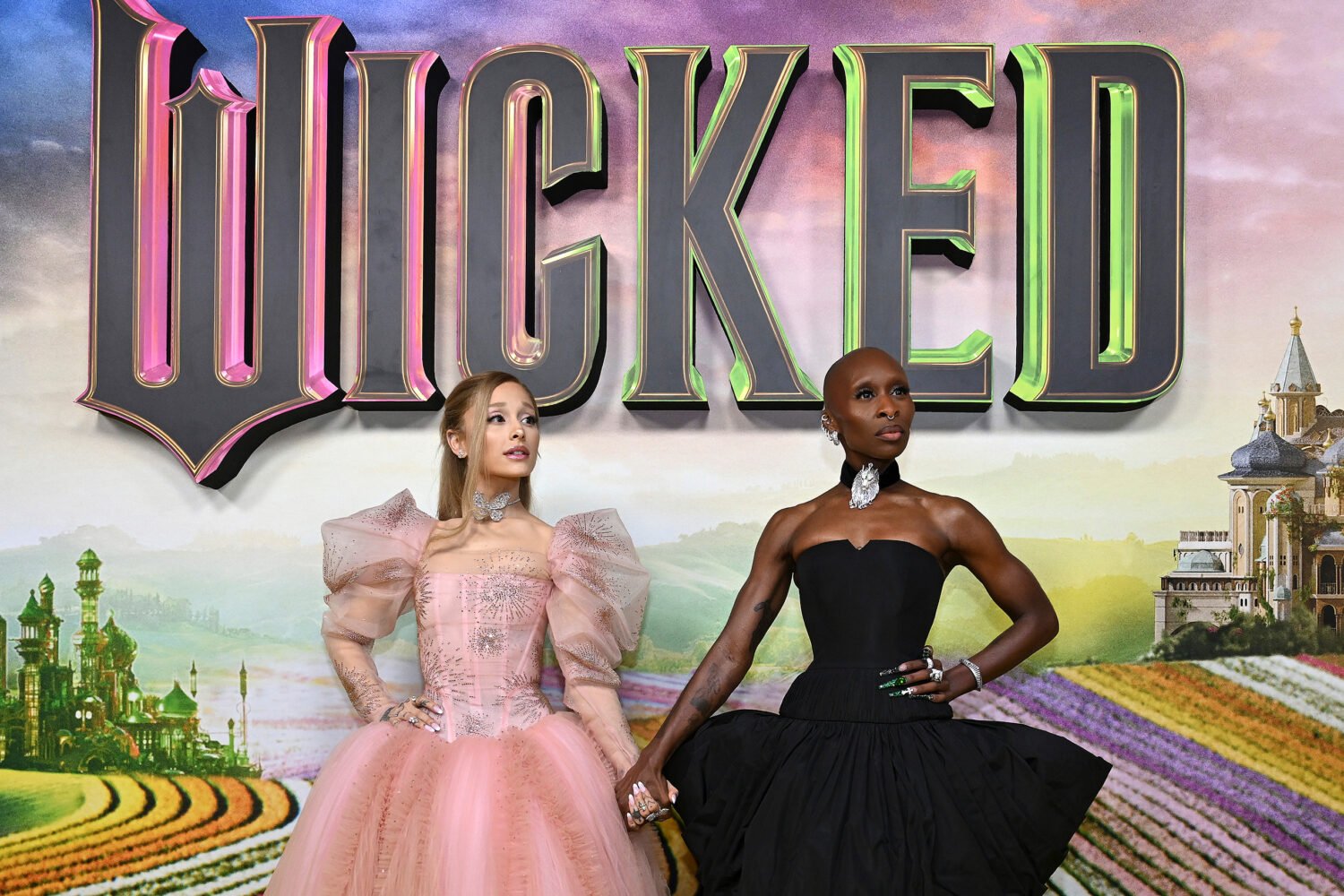Playing Tuesday, June 19, at 8:45 PM, and Wednesday, June 20, at 2:15 PM
There are no talking heads in
The Waiting Room, Peter Nicks’s artful tale of an ER waiting room
in Oakland’s Highland Hospital. There are no voiceovers either, and no
statistics flashing
up onscreen; no animated segments or archival footage. Instead,
Nicks lets the patients tell their own stories, and the result
is a powerful but ultimately gloomy statement about American
health care—with the inevitable conclusion being that it’s broken,
perhaps beyond repair.
Most of the patients who arrive at Highland’s ER
aren’t emergency cases. But without health insurance or a regular
medical
practitioner to consult, they’re forced to go to the ER when
they get sick. Nicks reveals that for many, it’s a last resort
after self-diagnosis, drugstore remedies, and even prayer (one
family pleads to Jesus to take their brother’s pain away while
he’s suffering from a gunshot wound). As a result, the waiting
room is packed, and patients without severe illnesses can wait
five to ten hours before they’re seen.
“I’m at the doctor’s,” say several patients, while
they’re talking on cellphones. The doctors they do see are harried,
overworked,
and frequent targets of abuse. Their cases vary from people who
need refills on their prescriptions to people beyond help.
One 15-year-old is brought in unconscious, and the team is
unable to revive him. Nicks’s camera focuses on the boy’s foot,
limp and unmoving, while the doctor who tried to revive him is
seen to be visibly shaken.
The movie’s lack of punctuation is a blessing and a
curse. On the one hand, you’re obliged to draw your own conclusions. On
the other, the action can occasionally feel tedious. And
despite a lack of commentary, Nicks still finds ways to editorialize:
In one scene his camera focuses first on a doctor’s salad, and
then on a patient’s fried chicken, seeming to enjoy the contrast.
This is undoubtedly a tricky subject, and the endless
bureaucratic obstacles patients face are carefully emphasized, meaning
the film can feel inevitably frustrating. Nicks focuses on one
man with back problems who jokes with an administrator about
the cost of his treatment. The camera stays on his face, and
just seconds later his smile fades, and the anxiety etched on
his features is palpable. A doctor spells it out thusly: “We’re
a public hospital; we’re a safety net in society. We’re an
institution of last resort for so many people.” But Highland,
The Waiting Room reveals, is also often as powerless as the people who turn to it for help.
—SOPHIE GILBERT
Escape Fire: The Fight to Rescue American Healthcare
Playing Wednesday, June 20, at 6:30 PM and Friday, June 22, at 4:15 PM
You probably wouldn’t expect a documentary about the
policy failings of the American health-care system to open with the
story
of a 1949 Montana forest fire. You might even think you’re
watching the wrong movie. But never fear—you’re in the right theater.
You just have to sit through an extended, pretty contorted
metaphor first.
The Mann Gulch fire was a blaze of epic proportions,
at one point threatening to overtake a group of firefighters on the
front
line. One of them, in the (literal) heat of the moment,
improvised a brilliant escape plan: set a smaller fire on a patch
of grass ahead of the encroaching fire line, so when the larger
flames reached it, there would be nothing left to burn. A
safe harbor.
Thus, “escape fire.” Can we talk about health care now? According to filmmakers
Matthew Heineman and
Susan Froemke, the Mann Gulch fire represents
the system’s failings—skyrocketing costs, endemic obesity and disease,
an overburdened primary
care network. The escape fire is “an improvised, effective
solution to a crisis that cannot be solved using traditional
approaches”—or
so says the film’s website.
It seems like the filmmakers are issuing a directive
to think outside the box to solve these problems, that the deficits are
inherent to the system, and policymakers and health-care
providers need to free themselves from decades of traditional ways
and pull off some breakthroughs. Spoiler alert: On the film’s
checklist of solutions to reverse the impending implosion of
our health-care system, we have health and exercise education
(duh), rolling back society’s collective overmedication (sure),
and, finally, acupuncture (really?).
To be fair, the filmmakers really did their research,
and these solutions, along with a few others, are convincingly argued.
But haven’t we heard this before? That we need preventive care
instead of “disease management,” less voracious insurance and
pharmaceutical lobbying, etc.? It’s part of the problem of
tackling a subject as large and complex as the nation’s byzantine
health-care system—there’s so much ground to cover that it’s
hard to move past the broad swaths into the nitty-gritty, less
familiar stuff.
It doesn’t help that the documentary lacks a clear
narrative—a sense of momentum to carry the viewer into a resolution.
Sure,
there are characters—a primary care physician fed up with the
system, a reformed lobbyist, scores of health professionals
and experts—but there’s no story here, mostly just talking
heads and slickly visualized statistics. Not to say that a documentary
about American health needs to have some stunt narrative, like
Morgan Spurlock’s
Super Size Me (eating McDonald’s for a month) or
Michael Moore’s
Sicko (little day trip to Guantanamo).
The film’s strongest moments come when it focuses on a
microcosm of the health-care problem: American soldiers returning from
war. There’s one in particular whose pain (both physical and
emotional) is so palpably portrayed I began to think the whole
thing should’ve just been about him. He certainly has the most
visceral moments: opening a bag of his medications in agonizing
frustration, dozens and dozens of tiny orange bottles spilling
over his lap and down to the floor. It’s powerful stuff, and
bravely examines the health-care crisis from an until-now
marginalized perspective.
It’s unfortunate the rest of the film doesn’t tread
such novel ground. Instead we get Big Pharma bashings, warnings about
sugary foods, and a conclusion espousing Safeway’s insurance
model of incentivizing good diet and exercise that’s not nearly
as revolutionary as the inspirational background music
suggests.
But maybe that’s the true message of the escape fire metaphor—not that we need to radically reorder our thinking, but that
the answers are already right there in front of us.
—MICHAEL GAYNOR
Playing Thursday, June 21, at 6 PM, and Saturday, June 23, at 4:30 PM
If you’re expecting an impartial take on a well-loved figure, forget it.
Keith Patterson and
Jack Lofton’s world premiere movie,
Ann Richards’ Texas, is a 90-minute valentine to the first woman elected governor of Texas in her own right—her only predecessor, “Ma” Ferguson,
was elected after her husband was convicted, impeached, and removed from the governor’s office.
Richards was known for her big hair, sharp wit, distinctive voice, and liberal leanings, which proved her undoing when an
upstart named
Karl Rove rallied conservative interests against her. This film will delight her fans, although sometimes the fawning gets as thick
as Richards’s down-home accent. Glowing accolades from
Dolly Parton and
Lily Tomlin don’t add much to the proceedings.
The recollections of Richards’s local political allies
and of her daughter, Cecile, president of the Planned Parenthood
Federation
of America, are far more meaningful. They paint a picture of a
Texas many Texans choose not to remember. In Dallas public
schools, children applauded when the news was broadcast that
President Kennedy had been shot there. A white old-boys’ network
ran the state and largely discounted the prospects of the
upstart female community activist who only ran for public office
when her husband declined to do so.
Many of us remember Richards’s firebrand
speeches. More interesting are the less visible actions she took to
create opportunities
for minorities, gays, and other groups. She was prescient in
recognizing that Texas was becoming a “majority minority” state.
It’s also fascinating to watch a young Karl Rove and his protégé,
George W. Bush. Did Richards underestimate
them, or were the political winds blowing too far to the right for her
to stay as upright as
her famed white pompadour? She lost the race, but she never
lost her appeal. For unreconstructed liberals like me, this film
offers the pleasurable opportunity to spend an evening with Ann
Richards.
—LESLIE MILK
















